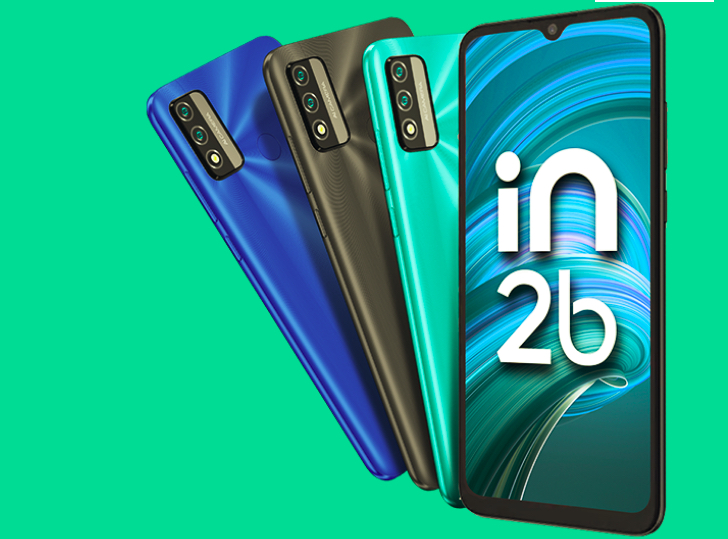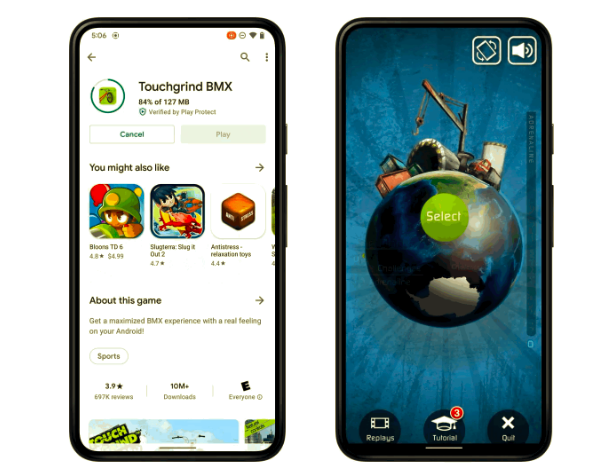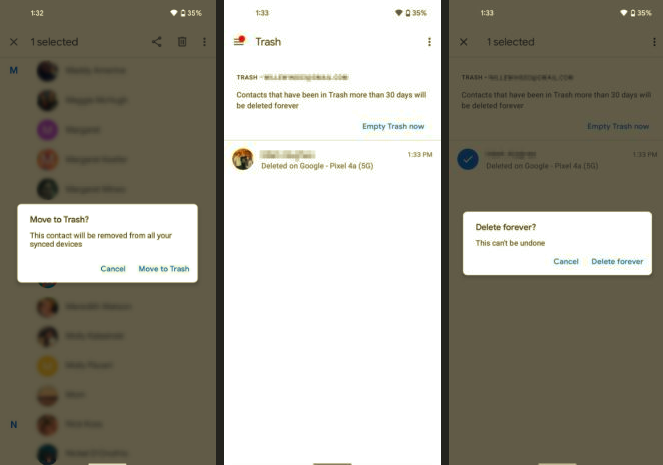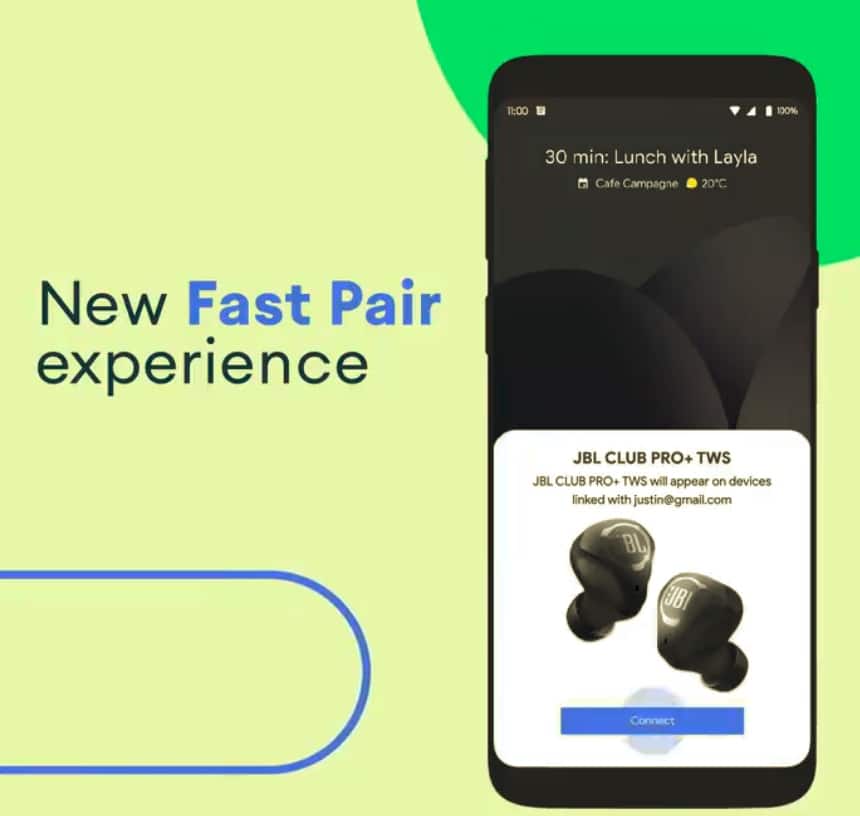The climb in terms of size and specification was bound to plateau, of course. Long time Android watchers will remember giddy excitement this time four years ago, in 2011, over the appearance of the Samsung Galaxy S II, with enormous 4.3” WVGA screen, an astonishing 8MP camera and a dual core processor. At the time (I was there) it was almost the Second Coming. Yet in 2015, this same set of specs would be derided on all but the most budget of budget handsets. Huge progress was made in the next two years, but I contend that these were followed by two years of commoditisation.
You see, two years ago, almost to the month, the Samsung Galaxy S4 was launched, with quad core Snapdragon 600 processor, 2GB of RAM, a 5” 1080p screen, 13MP camera with 1080p video capture, NFC and loads of sensors. This data point is interesting because it’s still just as capable as anything being launched in 2015. I should know – I’ve got one.

Samsung Galaxy S4 – 2013 champion that still rocks with the best…
This all comes to mind after reading a Register editorial reporting on how ‘savvy’ consumers are being far more choosy and not chasing after the very latest specs and 2015 trends. And I can’t say I’m surprised. With the likes of the Galaxy S4, in early 2013, we got to the stage where smartphones were big enough, fast enough, high resolution enough, cameras were good enough, and so on. My aged S4 here runs all the latest Android applications and the fastest games, in a higher resolution than my eyes can full discern, so why would I (or a similar punter) want to fork out £500+ for something newer? Why indeed?
And keeping the infamous Moore’s law in mind, these same Galaxy S II and S4-level specifications (from 2011 and 2013 respectively) have been working their way down in price, to the point, made above, that the former is now matched by entry-level Android handsets and the latter by mid-range devices – plus you can now get the S4 itself brand new for half its original RRP.
Now, it’s absolutely true that there has been technical progress in the world of smartphones since the S4’s release. Of course there has. Processors have gotten faster and are starting to go 64-bit, screens have risen in resolution to QHD, cameras have gone to 16MP and sometimes beyond, and so on. But these are relatively small, incremental improvements, at least in terms of what the end user sees.
Yes, there’s a pool of tech enthusiasts eager to pounce on rumours of new smartphones and the latest tweaks – goodness knows, most Android Beat readers are among them(!) – but the truth is that any mid to top end smartphone produced in the last year or so (and dating back to around the time of that S4 flagship in February 2013) is entirely sufficient to run any Android application or game without issues.
Adding further weight to this realisation is the continuing commoditisation of Android – the differences between the various manufacturer offerings are rapidly diminishing. Let’s be honest, when you see yet another launch of yet another smartphone with a 5” touchscreen, Snapdragon 8xx processor, 2GB RAM, plus 13MP camera with LED flash, is there not part of your own brain which also goes “Ho hum…. seen that before”?

Yet another 5″ touchscreen Android phone…. They’re all great, don’t misunderstand me, they’re just very…. similar!
This may be finished in a particularly new tint of gold, it may be 0.5mm thinner than other models, it may have a gimmick or two, but at heart it’s not that different to the venerable S4 from two years ago – and the user experience is essentially identical.
We’re even seeing manufacturer skins and interfaces converge in such a way that it only takes seconds to adapt when going from one phone to another. Google plays its part with the Google Experience launcher, with Google Now, and with standalone Play Store-hosted updates to all the core components like Maps, YouTube, Drive, Chrome, and so on. All of which will be pixel-identical between devices.
With all this commoditisation then, what are we to learn? For starters, it’s all good news for you and I, the consumer – more choice of supplier at an ever lower cost. There’s precisely zero reason why anyone should have to spend £500 or more on a smartphone anymore. 99% of the same functionality can be achieved for half the price. And, stretching the point slightly further perhaps, but 90% of the functionality for a fifth the price.

The innovations are moving out, here taking Android onto the wrist…
Secondly, and somewhat nebulously, the real improvements have been coming – and will continue to come, in software and services. Using Google Now every day, for example, I’m constantly frustrated by how little it actually understands of colloquial English queries. The same is true of Apple’s Siri and Microsoft’s Cortana – they all get the basics right, in multiple languages, but they’ve all got a huge way to go before they really can replace the fabled ‘digital assistant’, able to understand the same instruction or question phrased in a dozen subtly different ways and able to return more relevant information or functions in a heartbeat.
Thirdly, if you want real hardware innovation then you have to look elsewhere. At the interaction of the smartphone with other devices, at Android in cars and on watches, for example (Google Glass being discontinued, which I thought was a huge shame). All of which is in its infancy, and all of which has yet to really be finalised, let alone established.
So don’t be too disheartened by the apparent plateauing of smartphone capability – there’s still plenty to look forward to in 2015 and we’ll be covering all of it on Android Beat*!
*So make sure AndroidBeat.com is in your RSS reader and please also share the articles and their URLs with your colleagues and online contacts. Thanks.









